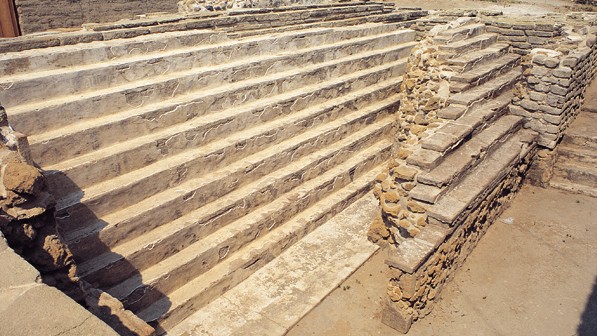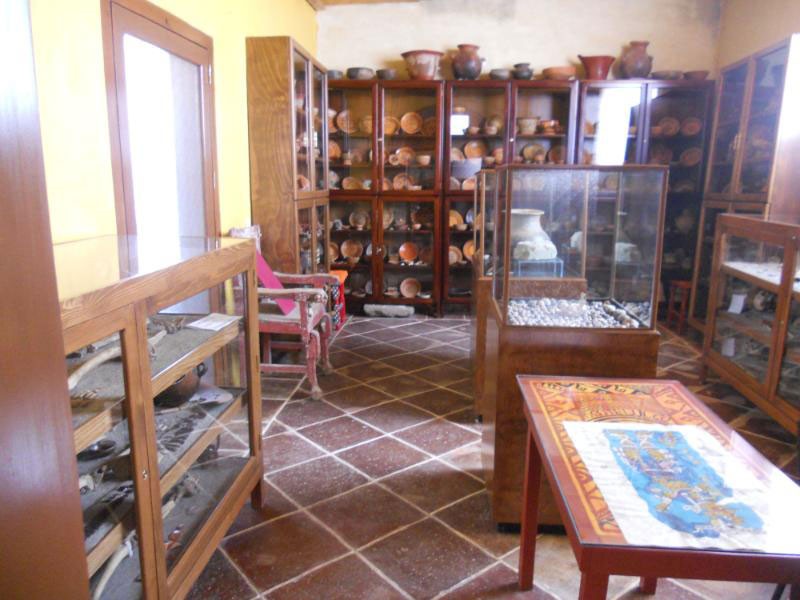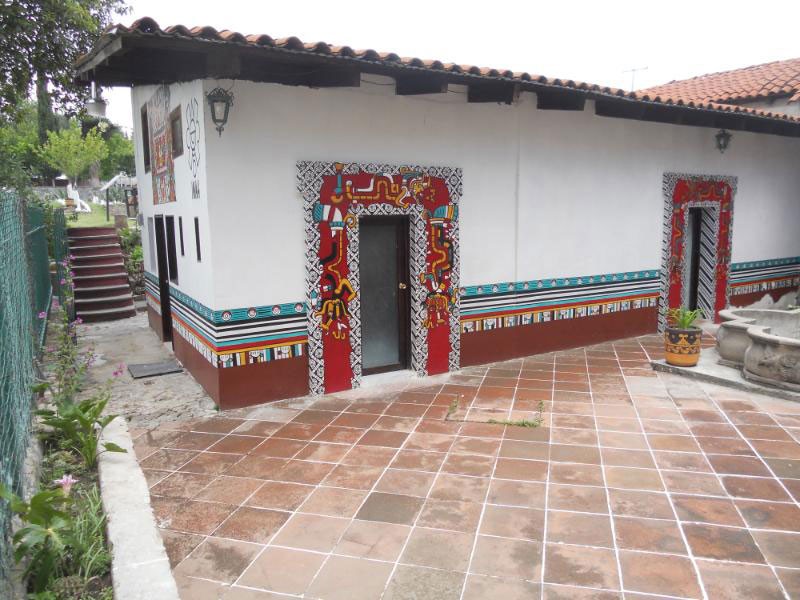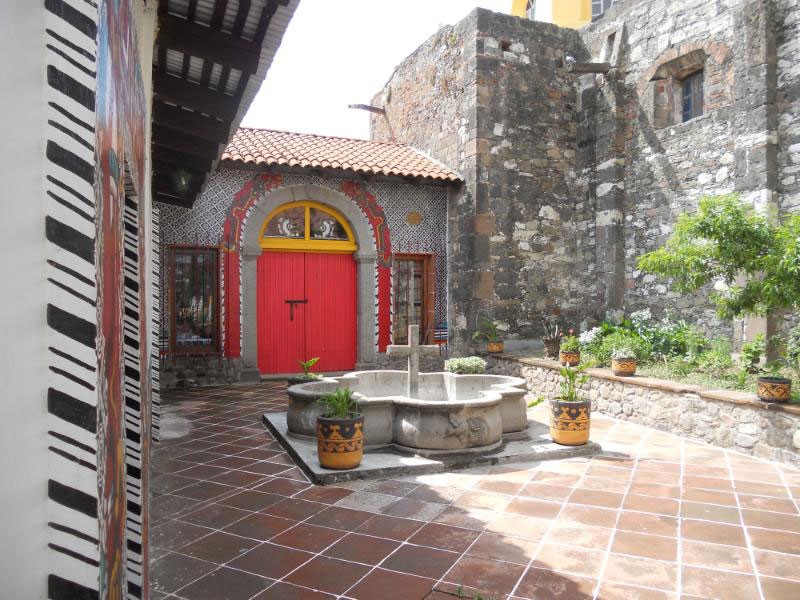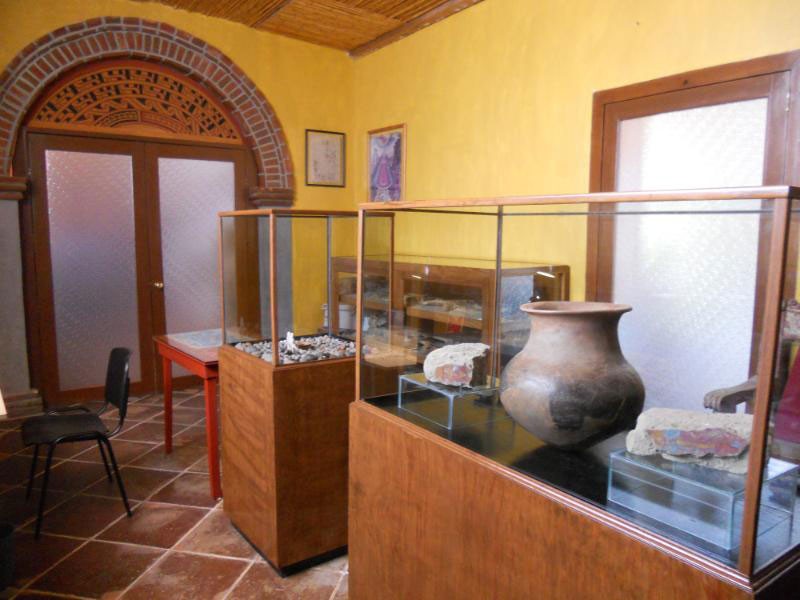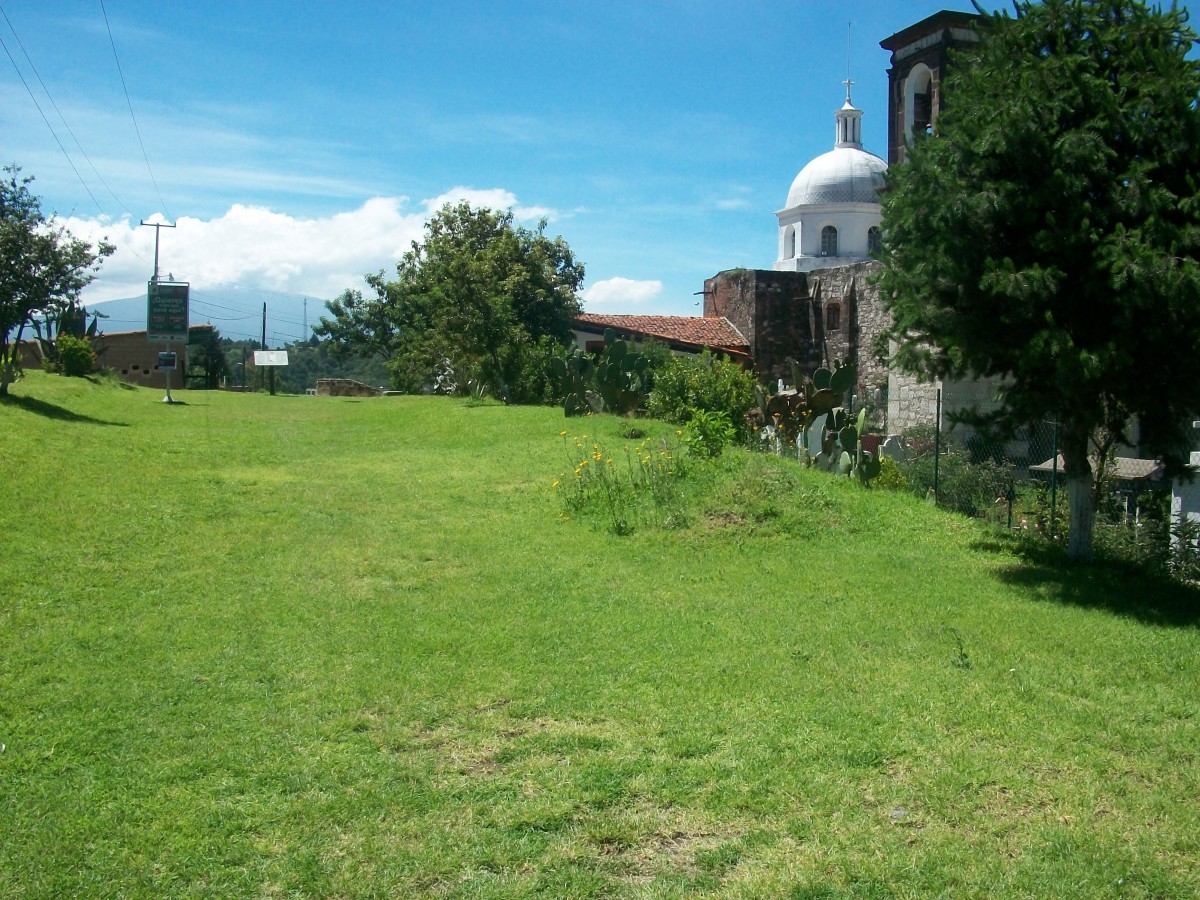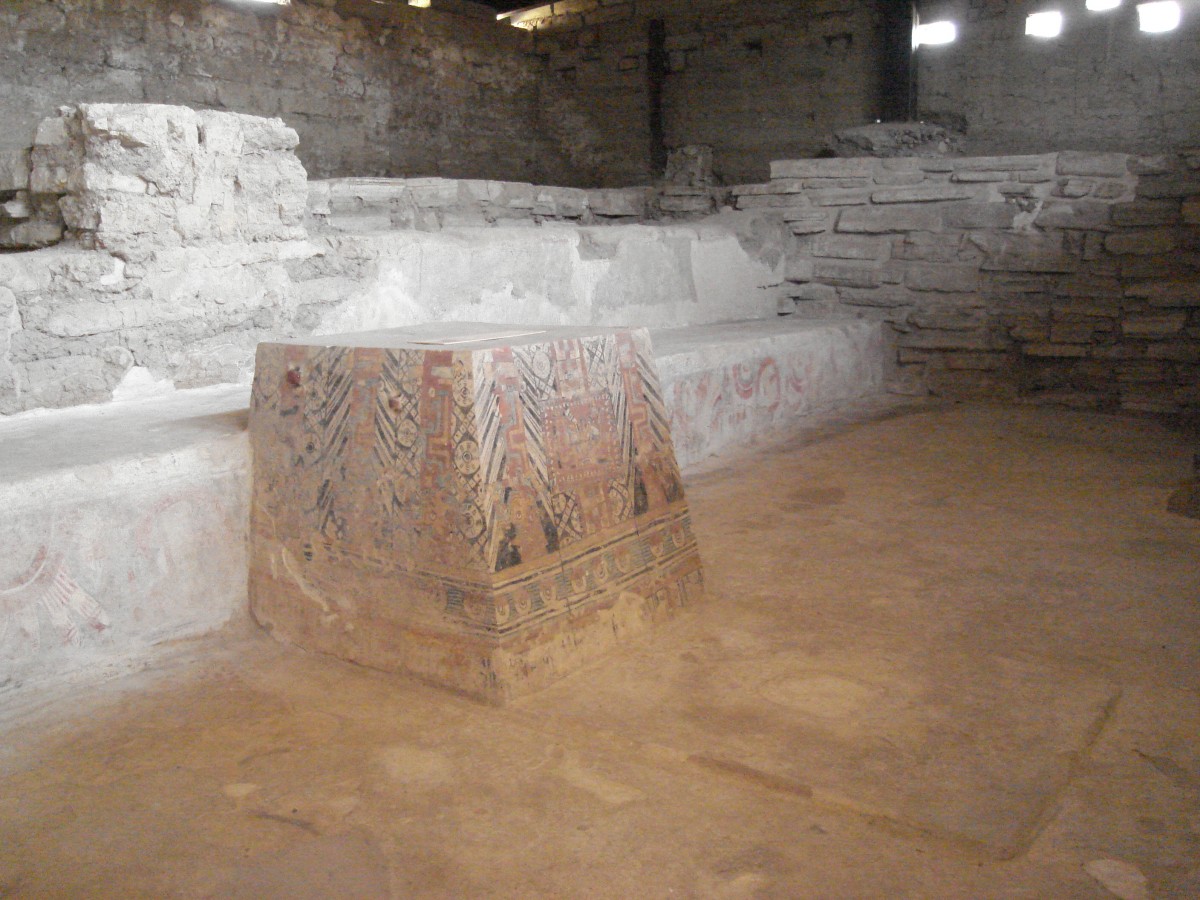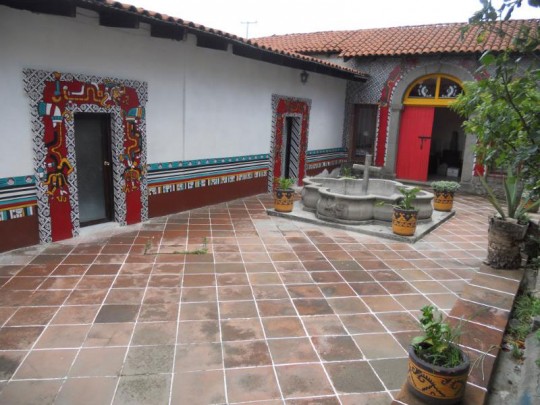Ocotelulco
The hillock of the ocote pine or the place of the drops of ocote resin
The remains of the most important Tlaxcalan fiefdom at the time of the arrival of the Spanish. In the remains of a small temple we can see an altar with polychrome decoration, an area of flint stones surrounding a large burning brazier, upon which lies the figure of Tezcatlipoca.
About the site
The Ocotelulco archeological site, in the state of Tlaxcala, is found in the suburb of the same name, more precisely between the suburbs of San Francisco Ocotelulco, Axotla del Río and San Miguel Tlamahuaco, on the edge of the capital of Tlaxcala.
Ocotelulco was an urban center of the Late Postclassic period, established around the twelfth century AD. García Cook and Merino Carrión have confirmed that it formed part of the Tlaxcala culture, which was made up of a Teochichimec group who arrived in the Puebla-Tlaxcala valley, where they encountered other groups, most notably the remnants of the Olmec-Xicalanca, who were suppressed by the newcomers. It is said that one of the hallmarks of this group of Teochichimecs was its bellicose ideology, which found many cultural expressions.
The art of Ocotelulco in Tlaxcala gives the impression that at the time it was painted, the Tlaxcalans engaged in a great deal of cultural interchange with the northwest of Oaxaca, since their style is very similar to the Codex Borgia attributed to the Mixtecs.
During site exploratory work in 1990 a small temple or teocalli was discovered on the terrace contiguous to the ecclesiastical building in the suburb of San Francisco Ocotelulco. From this, three stages of construction were identified, the second consisting of a stuccoed stairway, while the majority of the third stage was destroyed as a consequence of the arrival of the Spanish. The remains of the first, and oldest, stage correspond to a small ceremonial precinct with a finely polished stucco floor, edged by the xalnene stone foundations of the platform it covered. Two polychrome substructures were found underneath, a bench and a central altar attached to the middle section of the former.
Ocotelulco was an urban center of the Late Postclassic period, established around the twelfth century AD. García Cook and Merino Carrión have confirmed that it formed part of the Tlaxcala culture, which was made up of a Teochichimec group who arrived in the Puebla-Tlaxcala valley, where they encountered other groups, most notably the remnants of the Olmec-Xicalanca, who were suppressed by the newcomers. It is said that one of the hallmarks of this group of Teochichimecs was its bellicose ideology, which found many cultural expressions.
The art of Ocotelulco in Tlaxcala gives the impression that at the time it was painted, the Tlaxcalans engaged in a great deal of cultural interchange with the northwest of Oaxaca, since their style is very similar to the Codex Borgia attributed to the Mixtecs.
During site exploratory work in 1990 a small temple or teocalli was discovered on the terrace contiguous to the ecclesiastical building in the suburb of San Francisco Ocotelulco. From this, three stages of construction were identified, the second consisting of a stuccoed stairway, while the majority of the third stage was destroyed as a consequence of the arrival of the Spanish. The remains of the first, and oldest, stage correspond to a small ceremonial precinct with a finely polished stucco floor, edged by the xalnene stone foundations of the platform it covered. Two polychrome substructures were found underneath, a bench and a central altar attached to the middle section of the former.
Practical information
Temporarily closed
Monday to Friday from 10:00 to 16:00 hrs; Saturdays and Sundays by appointment.
Se localiza en el pueblo de San Francisco Ocotelulco, en San Juan Totolac, Tlaxcala.
From the central square of Tlaxcala, take Gurídi and Alcocer streets, continue along Ignacio Allende street until Julián Carrillo avenue towards the west, when crossing Puente Rojo take the turn off for the town of San Francisco Ocotelulco. 500 m further along Benito Juárez street a metal gate gives access to the site.
Services
-
+52 (246) 144 5832
-
This email address is being protected from spambots. You need JavaScript enabled to view it.
-
FACEBOOK
Directory
Encargado de la Zona Arqueológica
José Eduardo Contreras Martínez
This email address is being protected from spambots. You need JavaScript enabled to view it.
+52 (246) 144 5832

